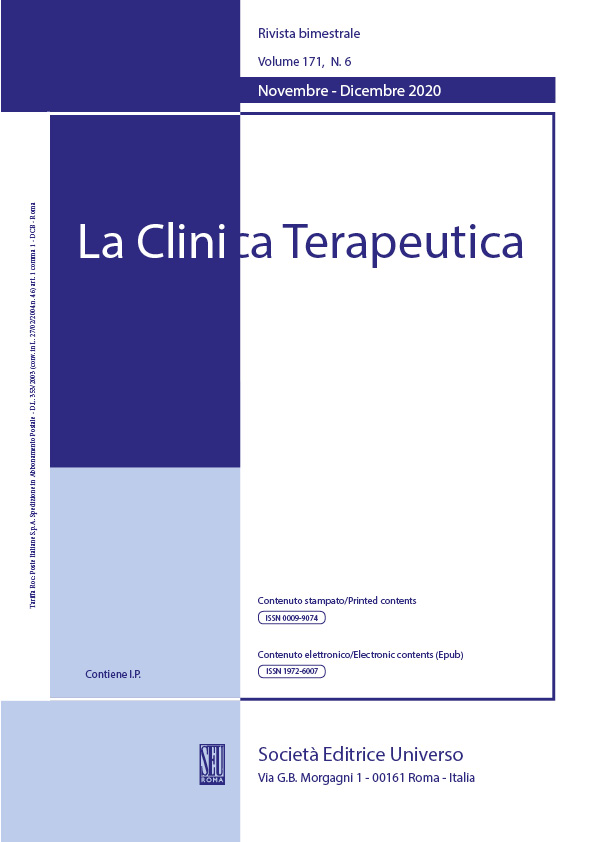Abstract
Introduction: The lengthy duration of comprehensive orthodontic treatment has always been a major concern. Various modalities have been proposed to accelerate the orthodontic tooth movement (OTM) with varying degree of success. However, there is limited literature, comparing the efficiency of two commonly used modalities which are relatively simple, safe and comfortable chair-side procedures to accelerate orthodontic tooth movement viz. low level laser therapy (LLLT) being non-invasive and micro-osteoperforations (MOPs) being minimally invasive.
Methods: In this split mouth study, thirty patients requiring maxillary first premolar extraction were randomly allocated for low level laser therapy (LLLT) on one side and for micro-osteoperforations (MOPs) on other side of maxilla. Separate canine retraction was performed and movement was measured over a three month period. Pain
Results: Micro-osteoperforations (MOPs) significantly increased the rate of maxillary canine retraction by 1.1 fold when compared to the low level laser therapy (LLLT).The MOPs can successfully reduce thecomprehensive fixed orthodontic treatment time by around9% as compared to LLLT.
Conclusions: Micro-osteoperforation is a more efficient modality of accelerating tooth movement as compared to low level laser therapy which can be used in routine orthodontic practice.
Keywords: Accelerated orthodontics, Micro-osteoperforations, Low-level laser
therapy, Canine retraction, Premolar extraction.

